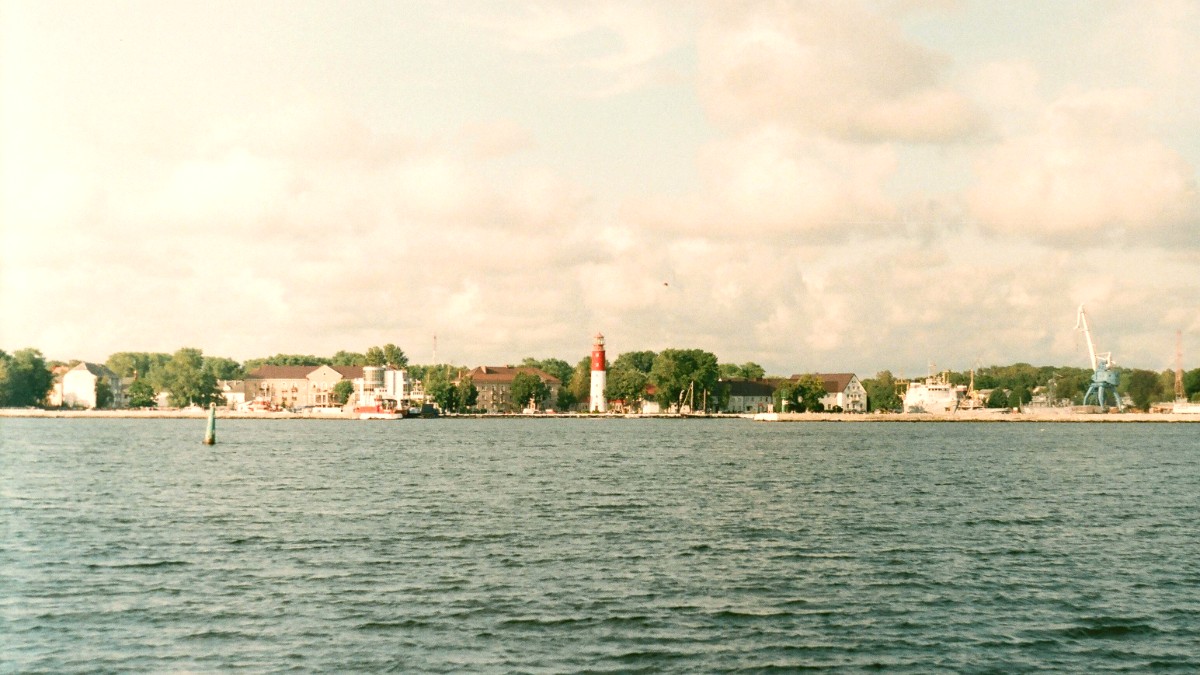
Germany
Lübeck: A UNESCO World Heritage city, Lübeck is famous for its well-preserved Brick Gothic architecture, medieval Old Town, and the iconic Holstentor gate. It is also renowned for its delicious Lübeck Marzipan.
Hamburg: A vibrant metropolitan city. Attractions include Miniatur Wunderland, the modern Elbphilharmonie concert hall, the historic Speicherstadt (warehouse district, a UNESCO site), and the lively Reeperbahn nightlife district.
Schleswig-Holstein offers beautiful natural landscapes for a refreshing break from city life.
Natural Park Hüttener Berge: West of Kiel, with rolling hills, forests, and lakes for hiking and cycling.
Schlei Fjord: A narrow, fjord-like inlet stretching inland from the Baltic Sea, ideal for sailing, cycling, and leisurely drives.
Beyond Kiel's city limits, historical and cultural sites share regional stories.
UNESCO World Heritage Sites near Schleswig, with Viking trading settlement insights and defensive wall systems.
A beautiful Baroque water castle near Eutin, showing Schleswig-Holstein's aristocratic history.
Laboe or Strande on the Kiel Fjord offer quaint harbors and fresh seafood.
The Probstei region, east of Kiel, is known for agriculture, traditional farmhouses, and charming small villages. It is a peaceful area to experience rural North German life.
Plan your time efficiently for a fulfilling day excursion.
For those with more time, consider exploring beyond Kiel.
Ferry from Kiel to Ærø or other islands for Nordic island life.
Visit St. Peter-Ording or Sylt; Wadden Sea National Park.
Germany's capital is a 3.5-4 hour train ride from Kiel.
Kiel > Lübeck > Wismar (UNESCO) > Rostock > Stralsund (UNESCO) > Rügen Island. Focus on Hanseatic cities and coastal beauty.
Kiel > Hamburg (a few days) > Bremen (historic city) > Hanover (regional capital) > Berlin (extended stay).
Diverse urban and cultural landscapes across Northern Germany for a comprehensive overview.